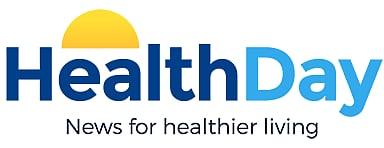THURSDAY, April 10 (HealthDay News) -- Giving patients clearly written educational materials that convey key messages without resorting to jargon is an important part of engaging patient compliance with treatment and can contribute to health literacy, according to an article published in the April issue of Chest.
Marie Ivnik and Maureen Y. Jett, of the Mayo Clinic in Rochester, Minn., consider the purpose, content and design of patient education materials as well as collaboration with other professionals both in health care and writing.
The authors advise writers of patient information materials to use personal pronouns and to write as if they are speaking to the patient, writing in the less formal and more direct active voice rather than the passive voice. Medical jargon must be clearly explained, and the design should avoid being crowded with too much information. Well-written and well-designed patient education materials than can reach a broad spectrum of patients can influence health outcomes, the authors write.
"Understanding the problem of health literacy is crucial when writing for patients. It is the single best predictor of an individual's health status, stronger than age, income, employment status, educational level, and racial or ethnic group," the authors write. "Although it is not always clear who is not health literate, health literacy is increasingly vital to help people navigate a complex health system and better mange their own health."
Abstract
Full Text

